NanPlay’s rock climbing wall for schools and playgrounds is the perfect way to spark adventure in kids while keeping safety in mind. Designed to meet climbing wall design standards, our climbing walls for kids come in various styles, whether you need an indoor option or a backyard climbing wall for kids. Built with durable materials and tailored for fun, they’re ideal for helping children build strength, confidence, and problem-solving skills in any space.
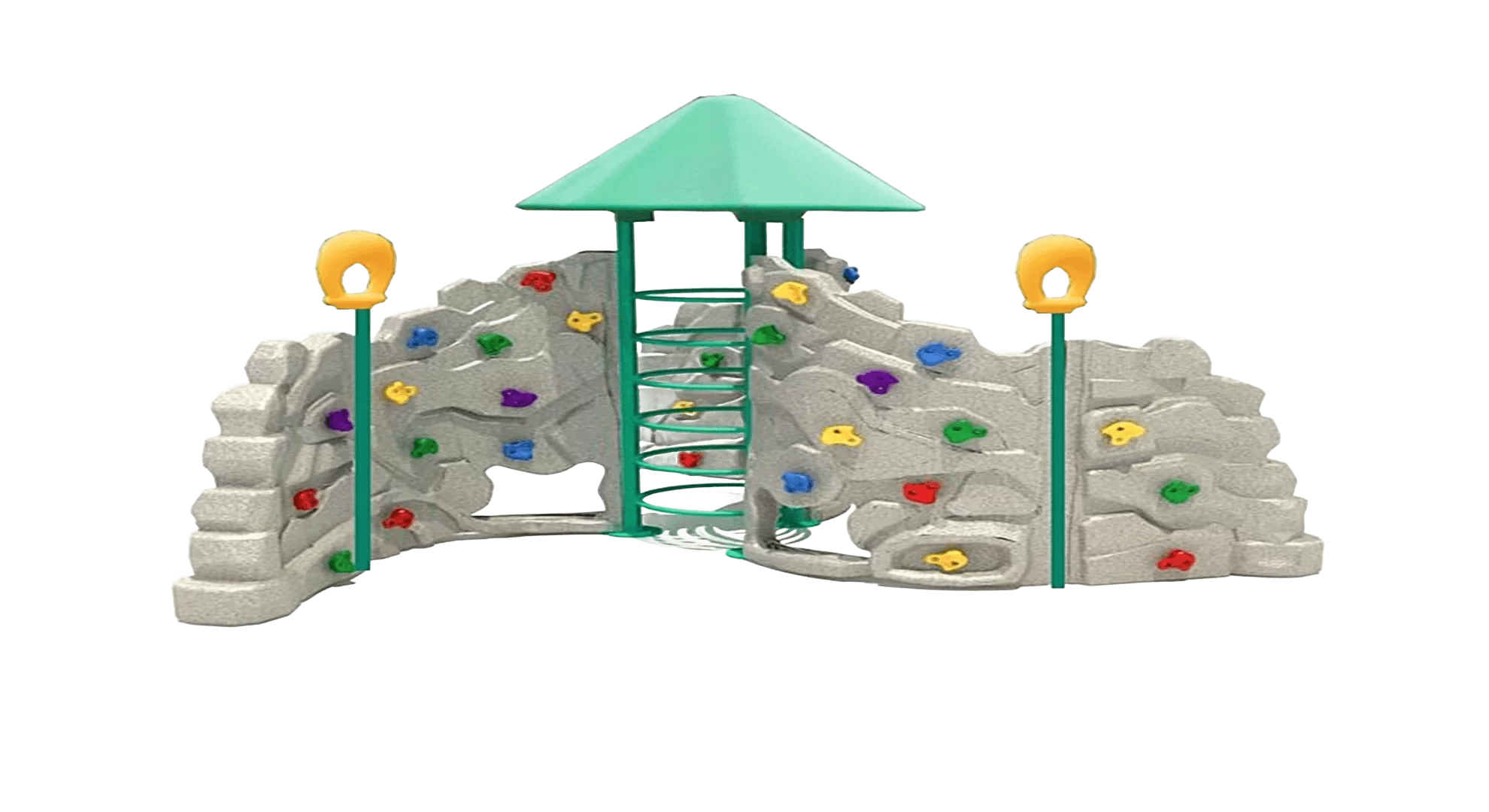

Rock climbing is a challenging and fun sport for all ages. By climbing rock walls of different levels of difficulty, kids and parents can build up their strength, balance and flexibility. Rock climbing is also a very effective way to release stress, helping them to relax and build up their resistance to stress. Whether you are training individually or with friends or a team, indoor rock climbing can bring you both physical and mental benefits.
– Promote children’s body coordination and balance
– Building strength and endurance in the whole body
– Developing children’s problem solving skills
– Cultivate an attitude of courage in the face of challenges
– Improve children’s concentration and patience
– Enhance parent-child relationship and develop children’s teamwork spirit
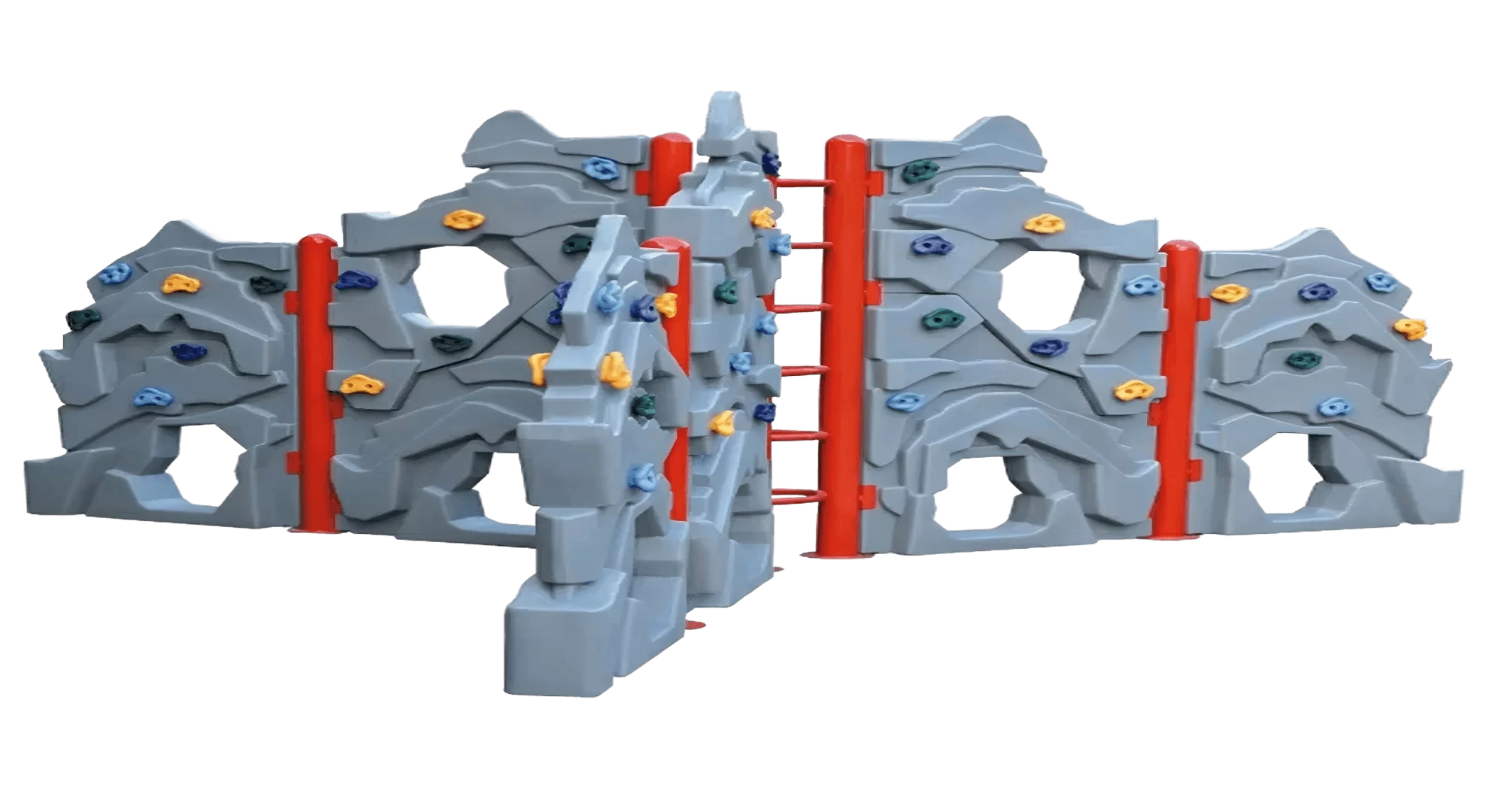
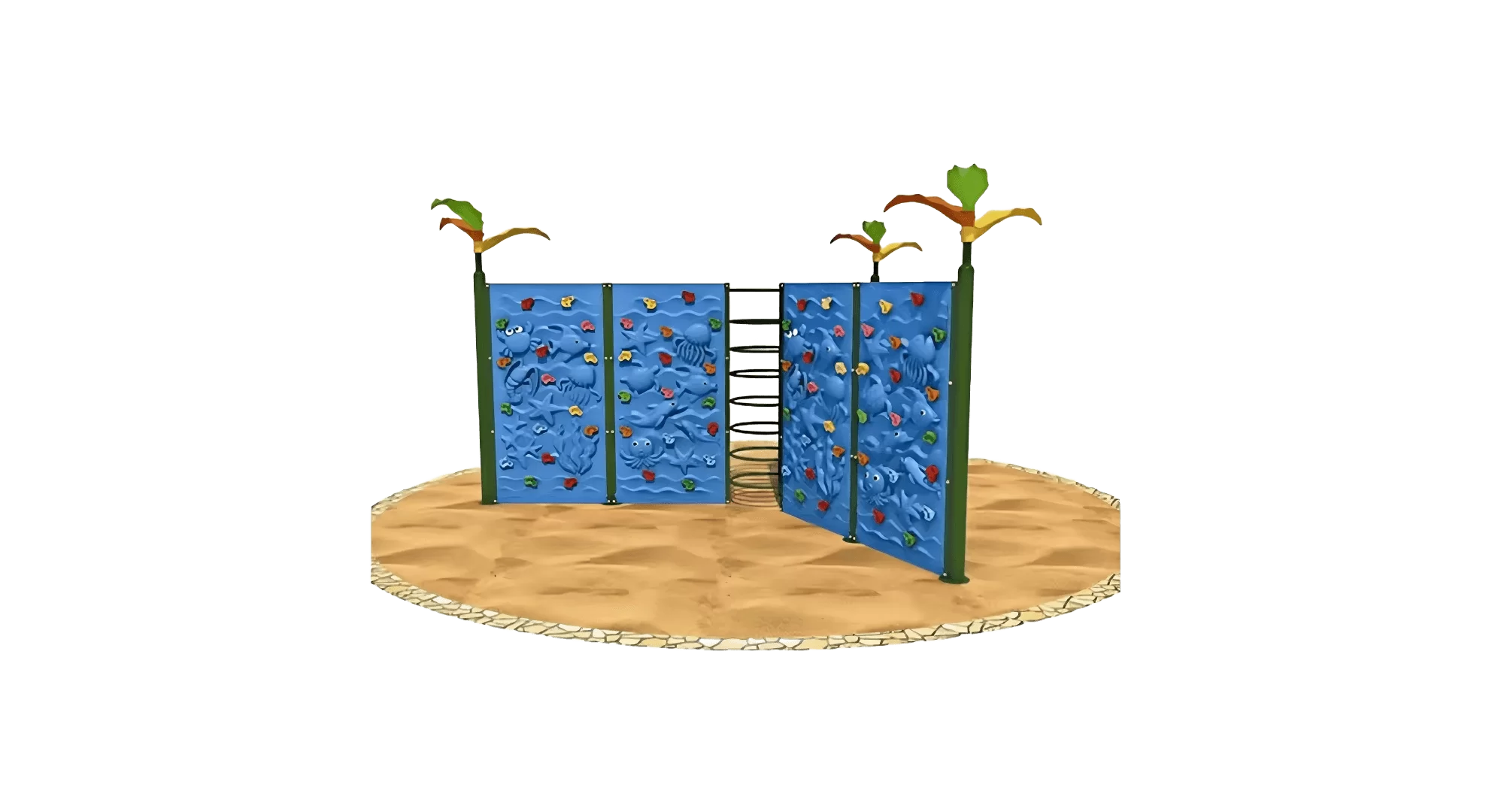
NanPlay offers only the best climbing wall products, and as you browse, you’ll notice that there’s a climbing wall to fit any need. There is no wrong choice, but each choice is very different from the last. If you feel that your child needs a lot of intellectual stimulation while playing, be sure to check out the craggy climbing walls. their resemblance to mountains and trees will allow your child to use their imagination while pretending to climb to the top of Mt. Everest. There’s no wrong choice, so we’re more than happy to help you find the perfect fit!
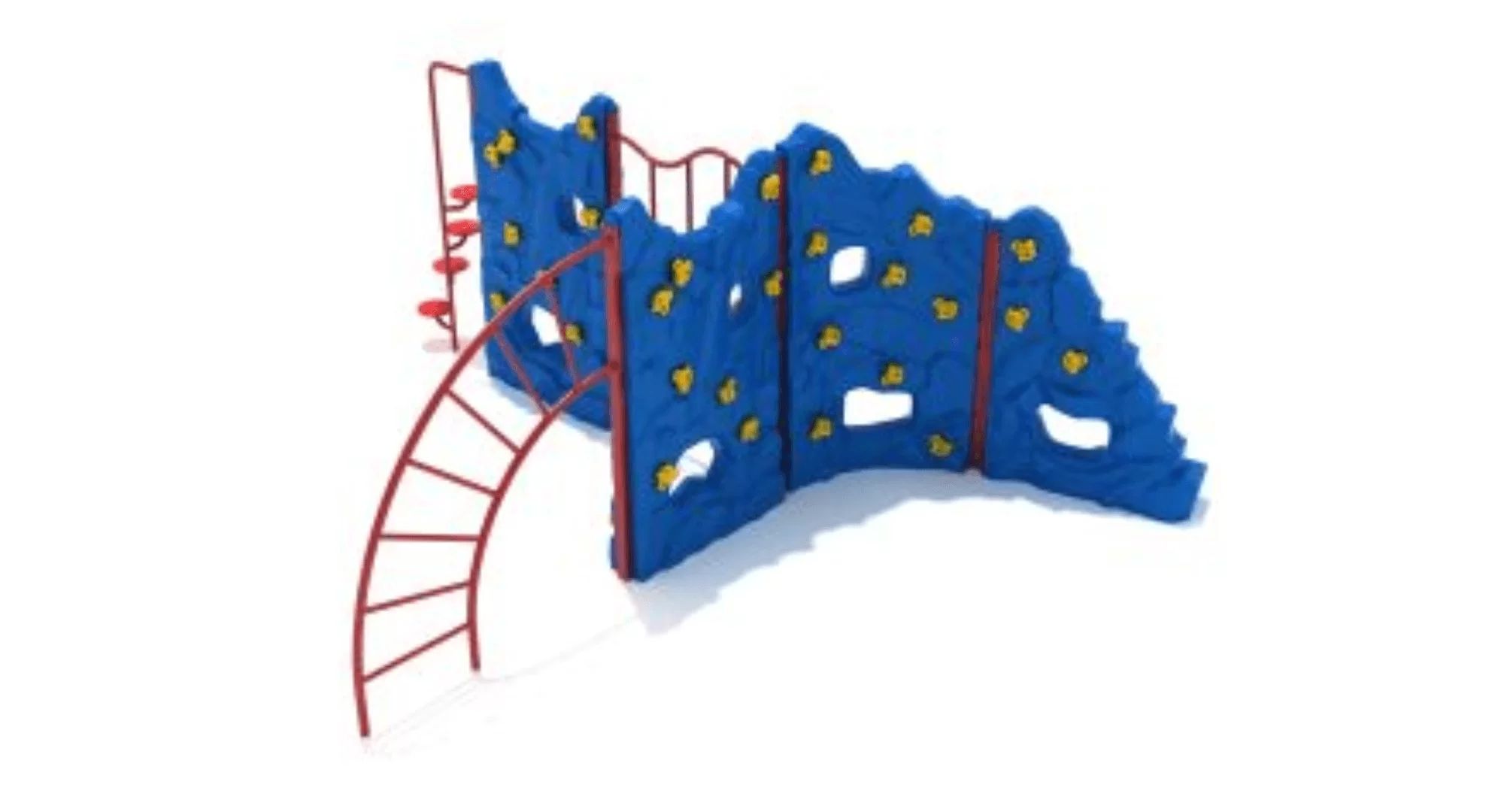

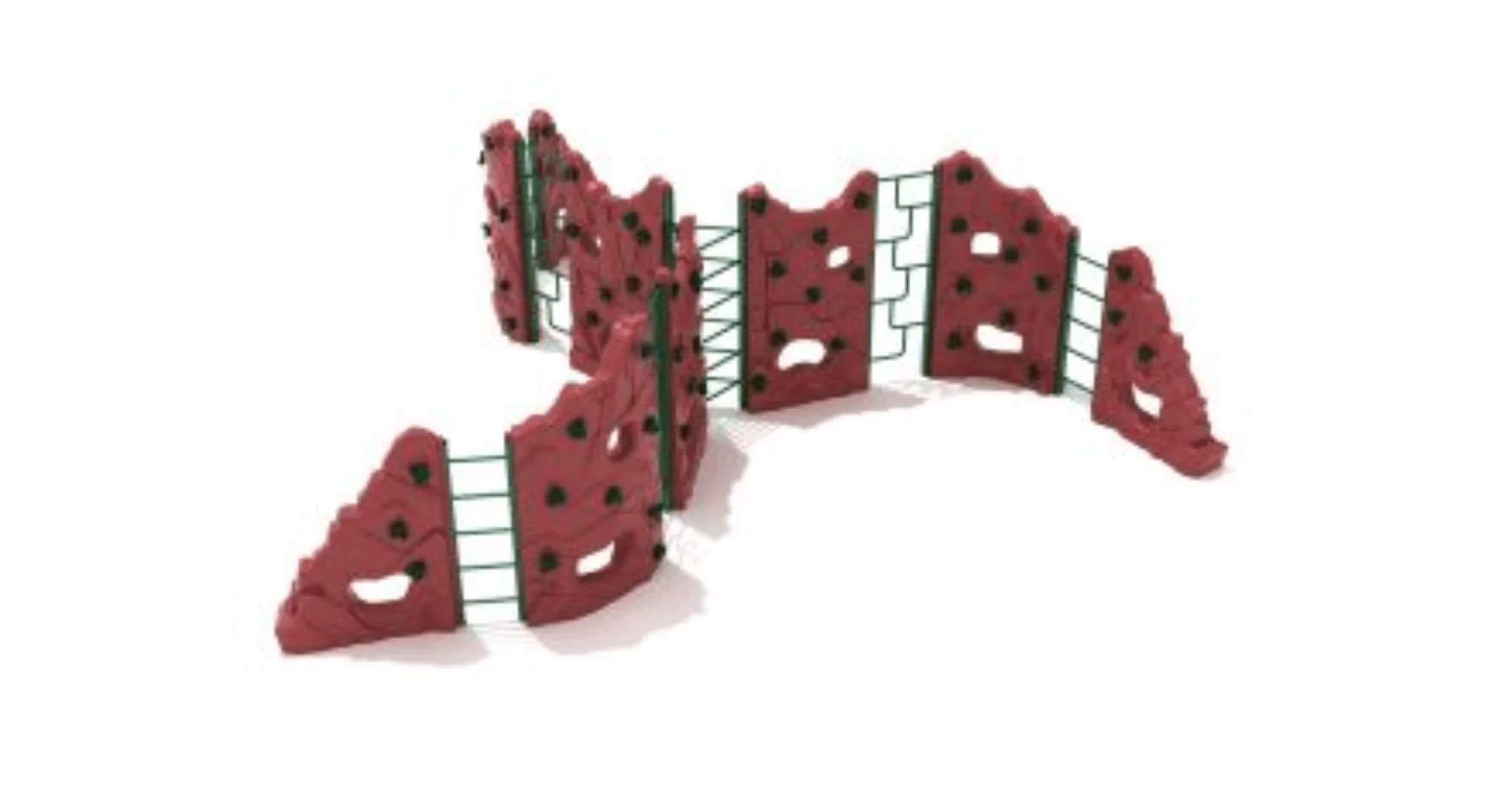
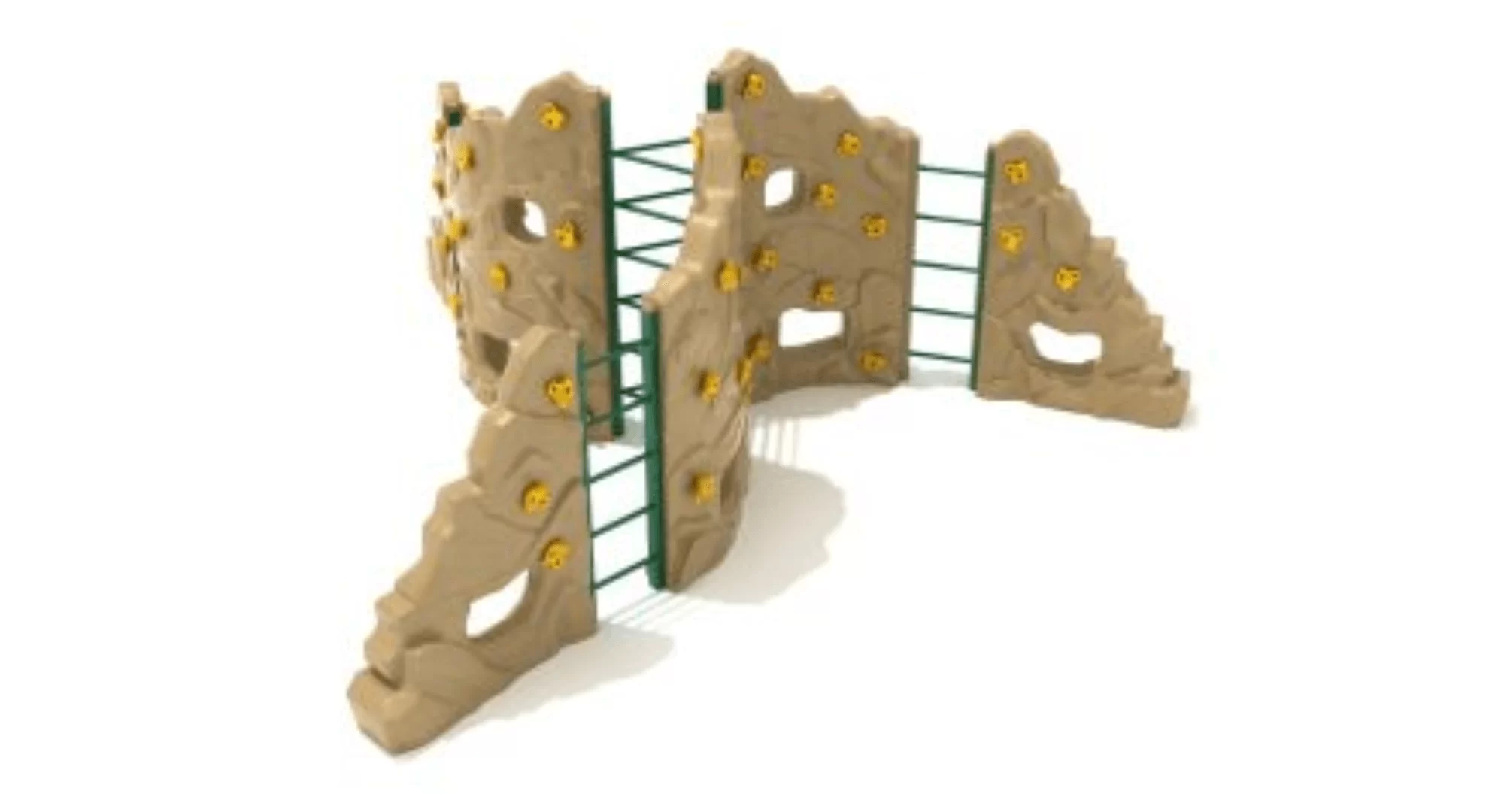
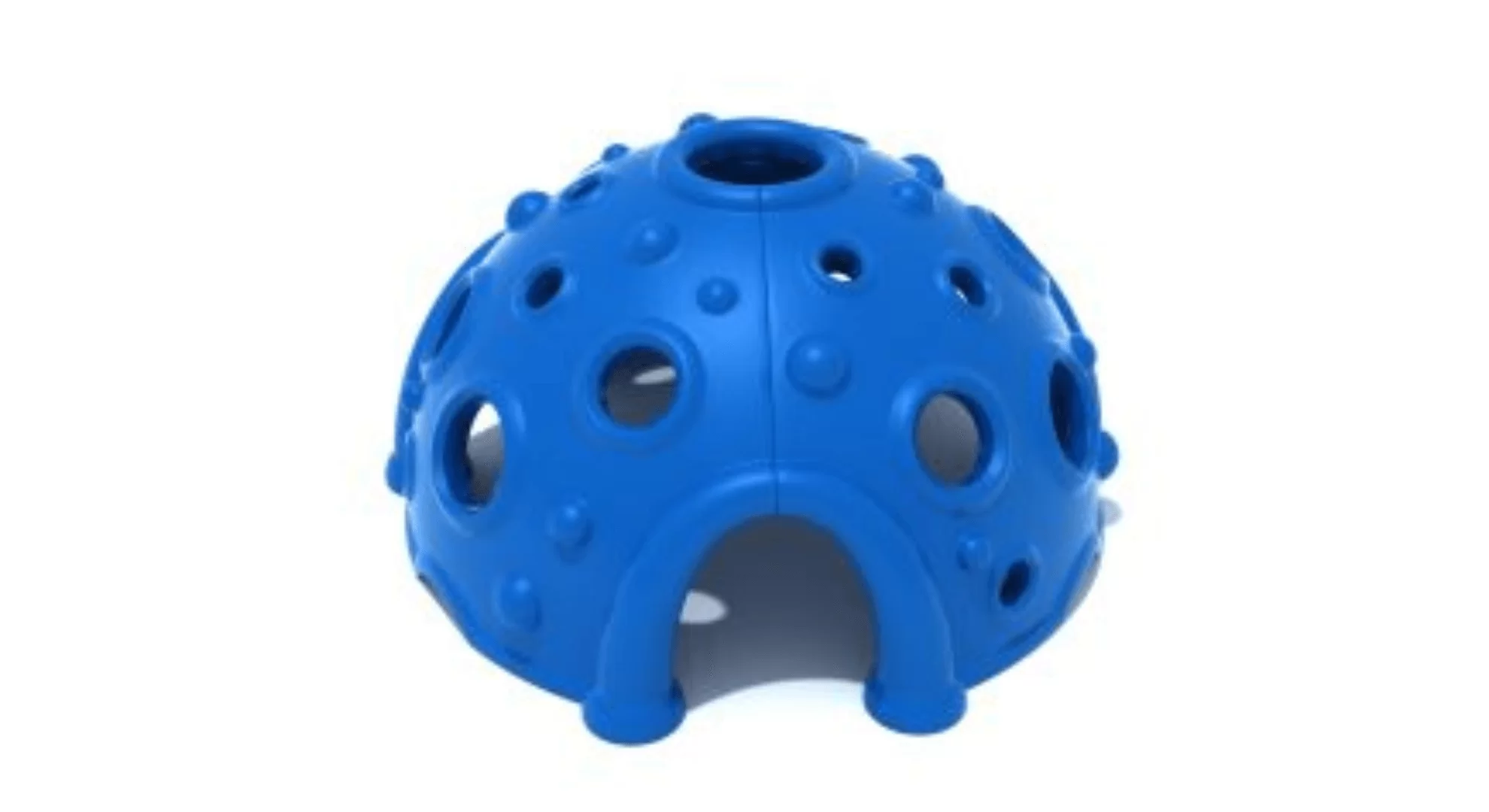
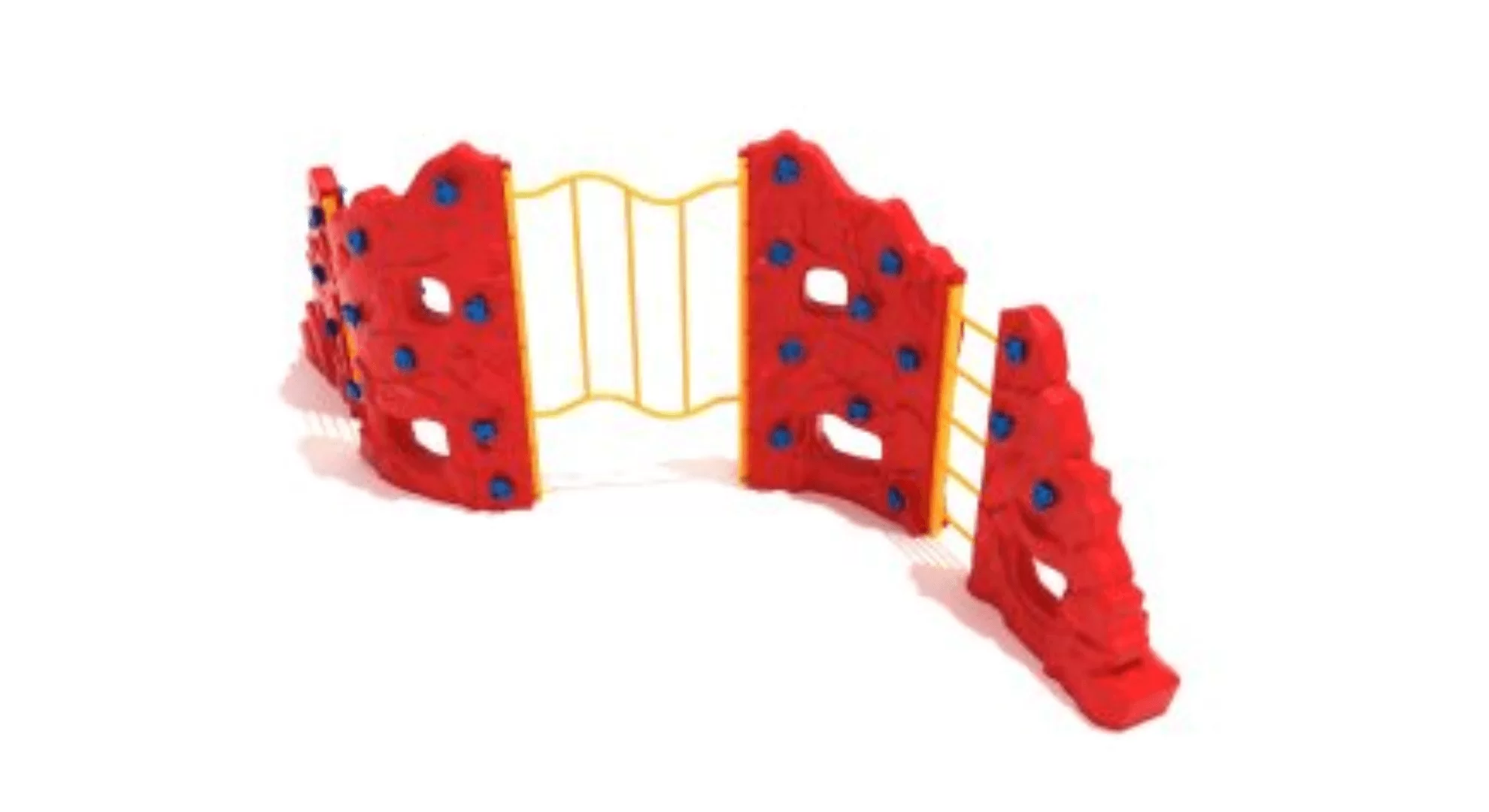

FAQs
First of all, you need to choose a suitable location, make sure that there is enough space and the height is suitable. The wall material can be wood, synthetic or steel, etc. The surface needs to be equipped with safe climbing points and grip points. The structural design needs to consider the inclination and difficulty of the wall. Supporting protective measures, such as floor mats and harnesses, are also very important.
A freestanding climbing wall is usually constructed with a solid frame that is not dependent on the wall. A suitable support material (e.g. steel or wood) needs to be chosen. The wall can be inclined or constructed as a multi-wall structure with different levels of difficulty. The floor needs to be padded to ensure the safety of the climbers.
Climbing walls are good for kids, helping them build coordination, strength, flexibility and problem solving skills. Climbing involves the use of all the muscles in the body, which increases physical fitness, self-confidence and a sense of accomplishment. It also has a positive impact on the development of social and teamwork skills.
Generally speaking, kids can start climbing around the age of 3 years old, provided there is a low difficulty climbing wall specifically designed for children. At this age, children can gradually develop an interest in climbing through games and activities. Formal climbing training can begin at 5-6 years of age, but it is important to choose the right climbing activity for your child’s physical development.
The best angle for a kids climbing wall is usually between 15 and 30 degrees vertical or inclined. A lower incline will keep kids safe and allow them to challenge themselves on climbs of varying difficulty. An angle that is too steep can be intimidating and discourage climbing.
Rock climbing is an excellent total body workout. It builds strength, flexibility and endurance, and improves cardiorespiratory fitness. During the climbing process, muscles, bones and nervous system will get a comprehensive exercise, especially for the upper limbs, core muscles and finger strength is particularly obvious.
The difficulty level of indoor wall climbing can be adjusted depending on the wall design and difficulty level. For beginners, you can start with easier routes and work your way up. As you gain experience, you can take on more difficult routes. Overall, indoor rock climbing is ideal for people of all levels.
Indoor rock climbing is very safe as long as proper safety measures are taken. This includes using professional climbing equipment (e.g. ropes, protective belts, etc.), choosing the right climbing wall and holds, making sure that you warm up properly before climbing, and using pads or other protection to minimize injuries in the event of a fall. Professional coaching and instruction can also greatly reduce the risk.
The height of indoor rock walls usually ranges from 3 to 18 meters. For beginners and children, lower walls (usually 3-5 meters high) are safer, while for experienced climbers, walls can be designed higher to increase the challenge.
The cost of building an indoor rock climbing wall varies depending on materials, design and size. In general, the cost of a standard indoor rock climbing wall, including design, materials and construction, ranges from about $7,000 to $20,000. For difficult or professional grade climbing walls, the cost can be higher, even exceeding $30,000.
Thank you very much for your inquiry! Your trust is our greatest motivation. We are committed to offering playgrounds that combine high quality with affordable pricing. Let us bring vitality to your venue!